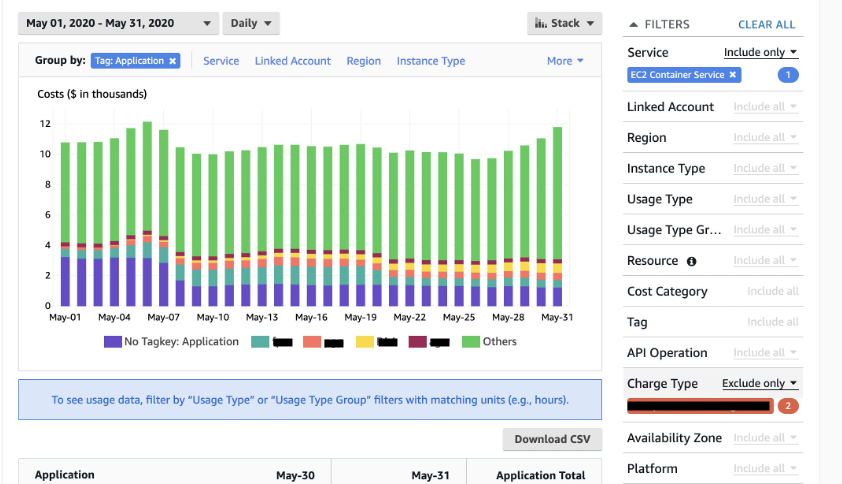Containers
Category: Amazon Elastic Container Service
AWS Copilot is now generally available
Since Amazon ECS became generally available in 2015, one recurring theme we have heard from developers is that they want even easier ways to launch their applications as containers in the cloud. We started out offering a simple way to launch and monitor containers across a fleet of EC2 instances without needing to operate or […]
Integrating cross VPC ECS cluster for enhanced security with AWS App Mesh
NOTICE: October 04, 2024 – This post no longer reflects the best guidance for configuring a service mesh with Amazon ECS and its examples no longer work as shown. Please refer to newer content on Amazon ECS Service Connect. ——– Customers often have applications owned by different teams in different Amazon ECS clusters. Alternatively, they […]
Deploy applications on Amazon ECS using Docker Compose
Note: Docker Compose’s integration with Amazon ECS has been deprecated and is retiring in November 2023 There are many reasons why containers have become popular since Docker democratized access to the core Linux primitives that make a “docker run” possible. One reason is that containers are not tied to a specific infrastructure or stack, […]
Announcing the General Availability of Amazon ECS Service Extensions for AWS CDK
NOTICE: October 04, 2024 – This post no longer reflects the best guidance for configuring a service mesh with Amazon ECS and its examples no longer work as shown. Please refer to newer content on Amazon ECS Service Connect. ——– In late 2018, we first shared an introduction to using AWS Cloud Development Kit with […]
Using Amazon FSx for Windows File Server as persistent storage on Windows Containers
This post has been updated due a recent launch. Designed for simplicity from the start, Amazon ECS delivers an AWS-opinionated solution for running containers at scale. Previously, customers had to implement a lengthy workaround (detailed in the original blog post below) in order to use an Amazon FSx for Windows File Server as persistent storage […]
Connecting services across multiple accounts using AWS App Mesh and Amazon ECS
NOTICE: October 04, 2024 – This post no longer reflects the best guidance for configuring a service mesh with Amazon ECS and its examples no longer work as shown. Please refer to newer content on Amazon ECS Service Connect. ——– Today, many customers are adopting microservices. This approach breaks down software from a a single […]
Amazon ECS vs Amazon EKS: making sense of AWS container services
One of the most common requests we hear from customers is, “help me decide which container service to use.” We recommend that most teams begin by selecting a container solution with the attributes most aligned to their application requirements or operational preferences. This post covers some of the critical decisions involved in choosing between AWS […]
How to set Fluentd and Fluent Bit input parameters in FireLens
This post was contributed by Ben Anscombe, DevOps Engineer at Space Ape Games and Wesley Pettit, Software Engineer at AWS. September 8, 2021: Amazon Elasticsearch Service has been renamed to Amazon OpenSearch Service. See details. FireLens for Amazon Elastic Container Service (Amazon ECS) was launched last year to make it easy for ECS customers to […]
Amazon CloudWatch Prometheus metrics now generally available
Imaya Kumar Jagannathan, TP Kohli, and Michael Hausenblas In Using Prometheus Metrics in Amazon CloudWatch we showed you how to use the beta version of the Amazon CloudWatch supporting the ingestion of Prometheus metrics. Now that we made this feature generally available we explore its benefits in greater detail and show you how to use […]
Cost Optimization Checklist for Amazon ECS and AWS Fargate
This post was contributed by Charu Khurana, Senior Solutions Architect, and John Formento, Solutions Architect. Amazon Elastic Container Service (Amazon ECS) with the AWS Fargate launch type is a powerful, cloud native, container service that allows customers to create container-based workloads in a matter of minutes without managing the underlying infrastructure. Even with the serverless […]








